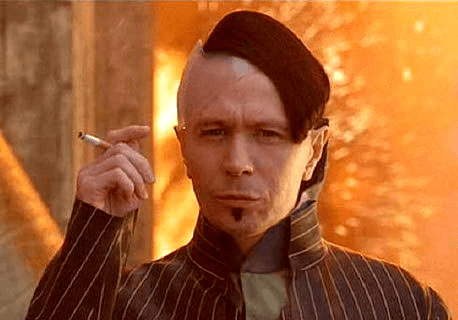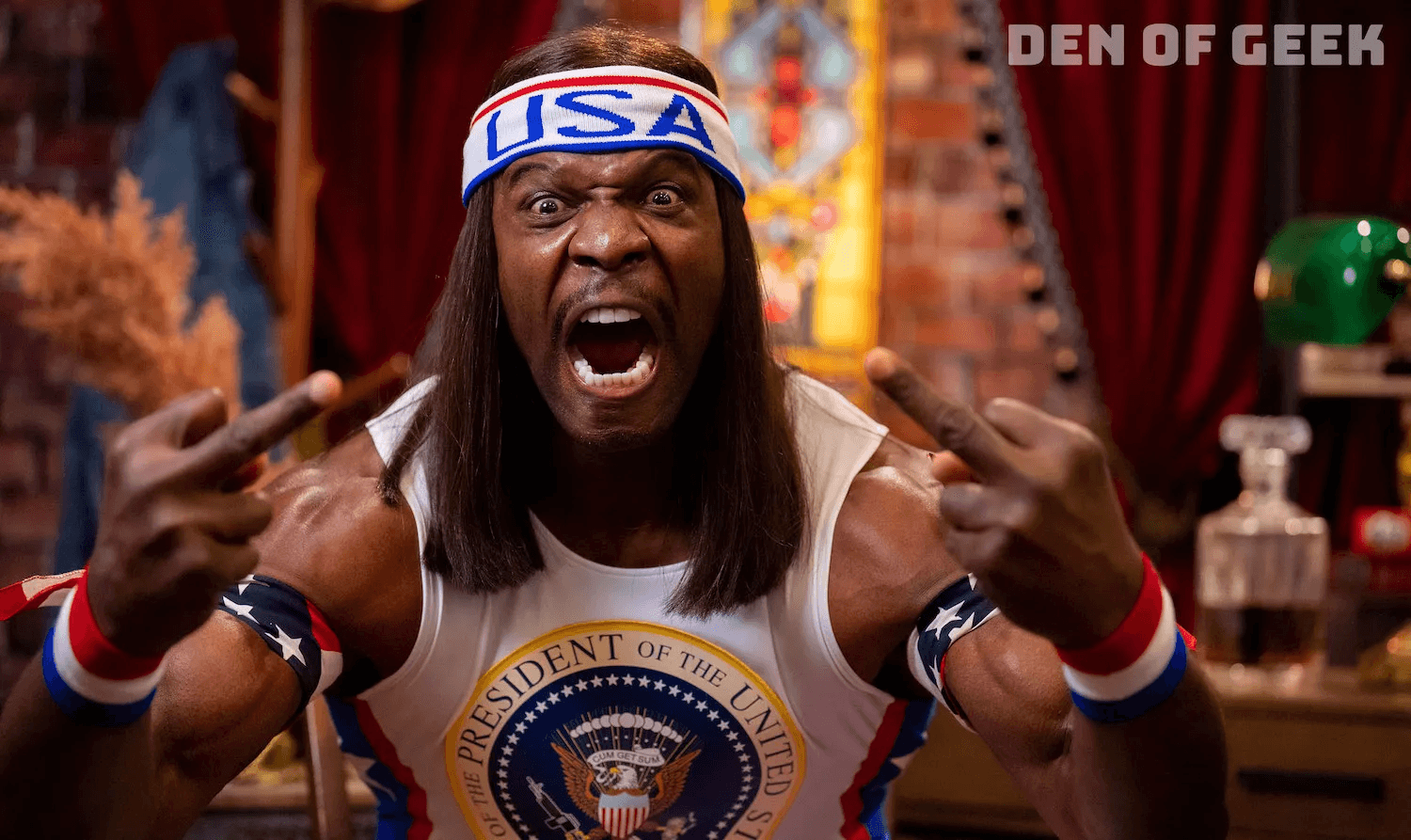Beyond Pretty Pictures: How Strategic Brand Design Drives Business Growth
Beyond Pretty Pictures: How Strategic Brand Design Drives Business Growth

Sep 8, 2025
By Boneyard
There's a moment that happens in boardrooms everywhere. You're staring at a presentation slide showing your company's latest quarterly numbers, and someone inevitably asks: "What's our marketing spend getting us?" The room shifts uncomfortably. Charts get shuffled. Someone mentions brand awareness metrics that sound impressive but feel hollow.
I've been in that room. We all have.
What strikes me about these conversations isn't the questions being asked—it's the ones that aren't. No one talks about the quiet power of the visual decisions that surround us every day. The way a logo sits on a business card. The color that makes you stop scrolling. The typeface that whispers "trust me" or screams "ignore me."
We're living in a world where every surface is a potential brand touchpoint, yet most businesses still treat design like wallpaper—something to make the room look nicer after all the important work is done.
This is a costly misunderstanding.
The Economics of Being Seen
Let me tell you what I learned from watching a friend's company transform. Sarah runs a B2B software firm that, for years, looked like every other B2B software firm. Generic blue logo. Stock photo smiles. PowerPoint templates that felt borrowed from 2007.
Her product was excellent. Her team was brilliant. But in a sea of sameness, excellence becomes invisible.
Here's what changed everything: Sarah stopped thinking about design as decoration and started treating it as infrastructure. Like plumbing or electricity—invisible when it works, catastrophic when it doesn't.
The data tells a story that boardrooms can't ignore. Companies that embrace strategic design don't just look better—they perform better. McKinsey tracked design-led organizations over five years and found they outperformed their peers by a factor of two. Not by 2%. By 200%.
But here's what the spreadsheets don't capture: the moment when a potential customer sees your brand and thinks, "These people understand something I don't." That moment of intrigue. That pause before scrolling past.
That's where revenue is born.
The Architecture of Trust
Strategic brand design operates on a principle that most businesses overlook: people make emotional decisions and then rationalize them logically. Your design is often the first emotion they feel about your company.
Think about it. Before they read your copy, before they understand your value proposition, before they meet your team—they see you. And in that microsecond of visual contact, judgments are made. Assumptions form. Trust begins or ends.
This isn't about having a pretty logo. It's about building a visual system that works as hard as your sales team.
Sarah's company discovered this when they invested in what they initially called a "rebrand" but what became a complete rethinking of how they presented themselves to the world. Every color choice had a purpose. Every font selection served a business goal. Every visual element answered the question: "What job are we asking this to do?"
The results weren't just aesthetic—they were economic. Within eighteen months, qualified leads increased by 27%. Sales cycles shortened by 14%. Brand recall improved by 32%. Perhaps most telling: their average deal size grew by 22%.
These aren't vanity metrics. This is the compound interest of being consistently, strategically visible.
The Process of Transformation
The shift from decorative to strategic design doesn't happen overnight. It requires a fundamentally different approach—one that begins not with aesthetics but with business understanding.
Sarah's transformation started with uncomfortable questions. What were they really selling? Who were they really serving? What made them genuinely different? These aren't design questions—they're strategy questions. But without answering them first, any design work becomes elaborate guesswork.
Only after establishing this business foundation did the creative work begin. And even then, every design decision was filtered through strategic criteria. Does this serve our positioning? Does this speak to our audience? Does this advance our business objectives?
The implementation phase revealed another truth: brand design isn't a project with a finish line—it's a system that needs governance. Sarah's team created guidelines, trained their people, established quality controls. They understood that consistency isn't about rigidity—it's about maintaining strategic intent across every touchpoint.
The Pitfalls We Must Avoid
This transformation isn't without risks. I've watched companies stumble in predictable ways.
Some make decisions based on internal preferences rather than strategic objectives. The CEO's favorite color becomes the brand color, regardless of whether it serves the business. Democracy in design often leads to mediocrity.
Others chase trends without considering strategic fit. They want to look "modern" or "innovative" without asking whether these visual cues align with their market position. Trend-chasing creates brands that feel borrowed rather than owned.
Inconsistent application undermines even the best strategic thinking. A brilliant brand identity loses its power when it's executed differently across touchpoints. Without governance, strategy dissolves into chaos.
Perhaps most dangerously, some companies fail to evolve. They create a brand system and then treat it as unchangeable doctrine. But markets shift. Audiences grow. Strategic needs evolve. Static brands become historical artifacts.
The antidote to these pitfalls is continuous strategic alignment—regularly asking whether your visual choices still serve your business objectives.
Looking Forward
The future of strategic brand design excites me because it's becoming more sophisticated and more accountable. Dynamic brand systems adapt to context and performance data. Algorithm-aware design optimizes for both human and machine recognition. Experience-led brand expression blurs the lines between identity, user experience, and product design.
But beneath these emerging trends lies a constant truth: people connect with people, even when technology mediates the interaction. Strategic design at its best doesn't just communicate information—it creates the conditions for human connection at scale.
The Choice Before Us
Every day, your business makes hundreds of visual choices. The layout of an email. The composition of a photo. The hierarchy of information on a webpage. Most companies make these choices unconsciously, defaulting to conventions or personal preferences.
But what if every visual decision was made strategically? What if every color, every font, every image worked toward specific business objectives?
Sarah's company discovered that this shift in thinking—from decorative to strategic—unlocked growth they didn't know was possible. Not because they suddenly looked better, but because they suddenly looked intentional.
In a world where attention is the scarcest resource, strategic design isn't a luxury—it's infrastructure. The question isn't whether you can afford to invest in it.
The question is whether you can afford not to.
At Boneyard, we work with leaders who understand that great design isn't about making things look pretty—it's about making business strategy visible. If you're ready to transform your brand from a cosmetic consideration to a strategic business driver, let's explore what's possible together.
By Boneyard
There's a moment that happens in boardrooms everywhere. You're staring at a presentation slide showing your company's latest quarterly numbers, and someone inevitably asks: "What's our marketing spend getting us?" The room shifts uncomfortably. Charts get shuffled. Someone mentions brand awareness metrics that sound impressive but feel hollow.
I've been in that room. We all have.
What strikes me about these conversations isn't the questions being asked—it's the ones that aren't. No one talks about the quiet power of the visual decisions that surround us every day. The way a logo sits on a business card. The color that makes you stop scrolling. The typeface that whispers "trust me" or screams "ignore me."
We're living in a world where every surface is a potential brand touchpoint, yet most businesses still treat design like wallpaper—something to make the room look nicer after all the important work is done.
This is a costly misunderstanding.
The Economics of Being Seen
Let me tell you what I learned from watching a friend's company transform. Sarah runs a B2B software firm that, for years, looked like every other B2B software firm. Generic blue logo. Stock photo smiles. PowerPoint templates that felt borrowed from 2007.
Her product was excellent. Her team was brilliant. But in a sea of sameness, excellence becomes invisible.
Here's what changed everything: Sarah stopped thinking about design as decoration and started treating it as infrastructure. Like plumbing or electricity—invisible when it works, catastrophic when it doesn't.
The data tells a story that boardrooms can't ignore. Companies that embrace strategic design don't just look better—they perform better. McKinsey tracked design-led organizations over five years and found they outperformed their peers by a factor of two. Not by 2%. By 200%.
But here's what the spreadsheets don't capture: the moment when a potential customer sees your brand and thinks, "These people understand something I don't." That moment of intrigue. That pause before scrolling past.
That's where revenue is born.
The Architecture of Trust
Strategic brand design operates on a principle that most businesses overlook: people make emotional decisions and then rationalize them logically. Your design is often the first emotion they feel about your company.
Think about it. Before they read your copy, before they understand your value proposition, before they meet your team—they see you. And in that microsecond of visual contact, judgments are made. Assumptions form. Trust begins or ends.
This isn't about having a pretty logo. It's about building a visual system that works as hard as your sales team.
Sarah's company discovered this when they invested in what they initially called a "rebrand" but what became a complete rethinking of how they presented themselves to the world. Every color choice had a purpose. Every font selection served a business goal. Every visual element answered the question: "What job are we asking this to do?"
The results weren't just aesthetic—they were economic. Within eighteen months, qualified leads increased by 27%. Sales cycles shortened by 14%. Brand recall improved by 32%. Perhaps most telling: their average deal size grew by 22%.
These aren't vanity metrics. This is the compound interest of being consistently, strategically visible.
The Process of Transformation
The shift from decorative to strategic design doesn't happen overnight. It requires a fundamentally different approach—one that begins not with aesthetics but with business understanding.
Sarah's transformation started with uncomfortable questions. What were they really selling? Who were they really serving? What made them genuinely different? These aren't design questions—they're strategy questions. But without answering them first, any design work becomes elaborate guesswork.
Only after establishing this business foundation did the creative work begin. And even then, every design decision was filtered through strategic criteria. Does this serve our positioning? Does this speak to our audience? Does this advance our business objectives?
The implementation phase revealed another truth: brand design isn't a project with a finish line—it's a system that needs governance. Sarah's team created guidelines, trained their people, established quality controls. They understood that consistency isn't about rigidity—it's about maintaining strategic intent across every touchpoint.
The Pitfalls We Must Avoid
This transformation isn't without risks. I've watched companies stumble in predictable ways.
Some make decisions based on internal preferences rather than strategic objectives. The CEO's favorite color becomes the brand color, regardless of whether it serves the business. Democracy in design often leads to mediocrity.
Others chase trends without considering strategic fit. They want to look "modern" or "innovative" without asking whether these visual cues align with their market position. Trend-chasing creates brands that feel borrowed rather than owned.
Inconsistent application undermines even the best strategic thinking. A brilliant brand identity loses its power when it's executed differently across touchpoints. Without governance, strategy dissolves into chaos.
Perhaps most dangerously, some companies fail to evolve. They create a brand system and then treat it as unchangeable doctrine. But markets shift. Audiences grow. Strategic needs evolve. Static brands become historical artifacts.
The antidote to these pitfalls is continuous strategic alignment—regularly asking whether your visual choices still serve your business objectives.
Looking Forward
The future of strategic brand design excites me because it's becoming more sophisticated and more accountable. Dynamic brand systems adapt to context and performance data. Algorithm-aware design optimizes for both human and machine recognition. Experience-led brand expression blurs the lines between identity, user experience, and product design.
But beneath these emerging trends lies a constant truth: people connect with people, even when technology mediates the interaction. Strategic design at its best doesn't just communicate information—it creates the conditions for human connection at scale.
The Choice Before Us
Every day, your business makes hundreds of visual choices. The layout of an email. The composition of a photo. The hierarchy of information on a webpage. Most companies make these choices unconsciously, defaulting to conventions or personal preferences.
But what if every visual decision was made strategically? What if every color, every font, every image worked toward specific business objectives?
Sarah's company discovered that this shift in thinking—from decorative to strategic—unlocked growth they didn't know was possible. Not because they suddenly looked better, but because they suddenly looked intentional.
In a world where attention is the scarcest resource, strategic design isn't a luxury—it's infrastructure. The question isn't whether you can afford to invest in it.
The question is whether you can afford not to.
At Boneyard, we work with leaders who understand that great design isn't about making things look pretty—it's about making business strategy visible. If you're ready to transform your brand from a cosmetic consideration to a strategic business driver, let's explore what's possible together.
WEEKLY NEWSLETTER
Your Edge in the AI Revolution
Stay ahead with our carefully curated resources and actionable intelligence on AI developments. Join thousands of professionals who receive our free weekly digest featuring practical guides, case studies, and industry analysis—no fluff, just what matters most for your business.

Maximus Decimus Meridius

Jean-Baptiste Emanuel Zorg

President Whitmore

Dick Cheney

President Camacho
Loved by 1000+ world leaders
Get exclusive AI tools, frameworks, and insights delivered straight to your inbox. Never miss a breakthrough that could transform your workflow.
WEEKLY NEWSLETTER
Your Edge in the AI Revolution
Stay ahead with our carefully curated resources and actionable intelligence on AI developments. Join thousands of professionals who receive our free weekly digest featuring practical guides, case studies, and industry analysis—no fluff, just what matters most for your business.

Maximus Decimus Meridius

Jean-Baptiste Emanuel Zorg

President Whitmore

Dick Cheney

President Camacho
1000+ world leaders
Get exclusive AI tools, frameworks, and insights delivered straight to your inbox. Never miss a breakthrough that could transform your workflow.
WEEKLY NEWSLETTER
Your Edge in the AI Revolution
Stay ahead with our carefully curated resources and actionable intelligence on AI developments. Join thousands of professionals who receive our free weekly digest featuring practical guides, case studies, and industry analysis—no fluff, just what matters most for your business.

Maximus Decimus Meridius

Jean-Baptiste Emanuel Zorg

President Whitmore

Dick Cheney

President Camacho
1000+ world leaders
Get exclusive AI tools, frameworks, and insights delivered straight to your inbox. Never miss a breakthrough that could transform your workflow.
